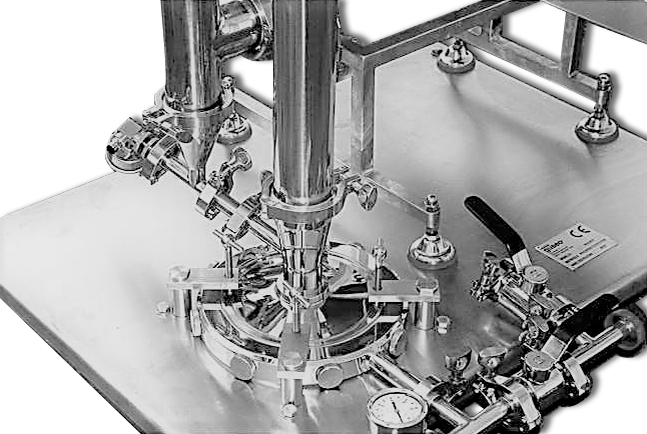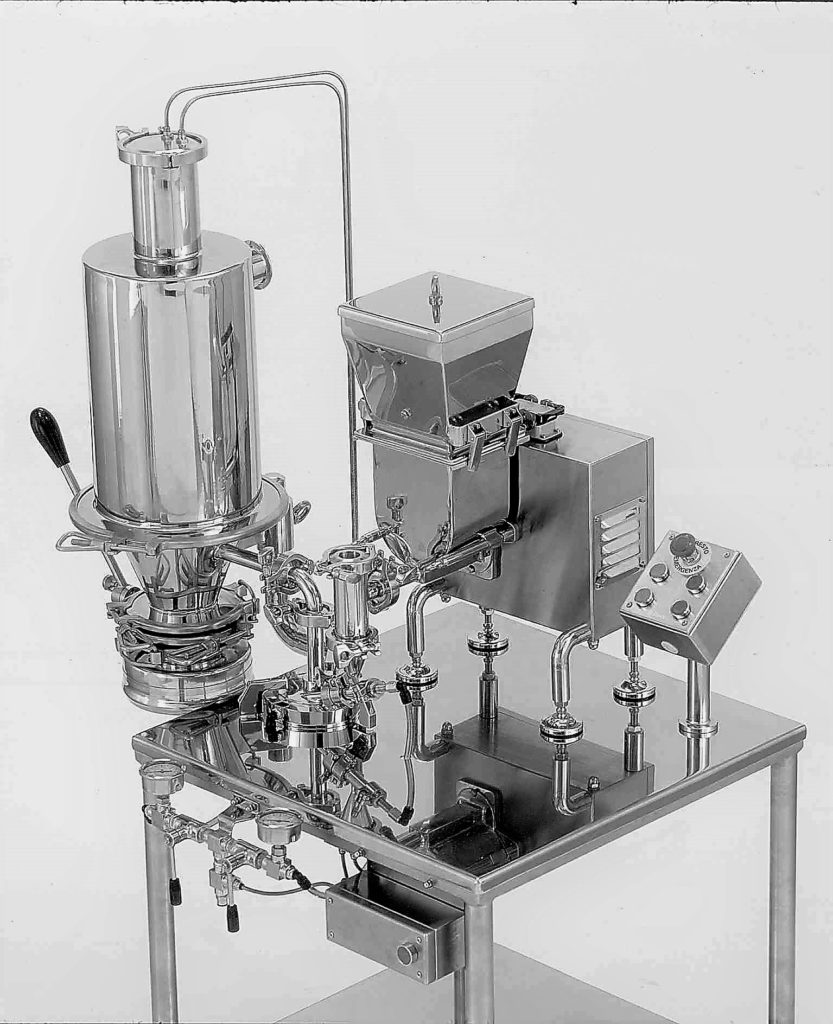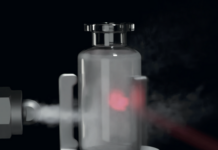
The continuous research in the field of cosmetic formulations, currently supported by a rediscovered market dynamism, also driven by revenge spending (the growing demand for cosmetic products after the slowdown of the pandemic period), finds in micronization, a technology of which Nuova Guseo is recognized market leader, a key element and an opportunity for the make-up supply chain.

It is a now consolidated know-how, born in the pharmaceutical chemical field and established itself over the years also in the cosmetic sector. The main purpose is to reduce the particles of the treated product to micrometric dimensions.
The process is performed using special machines, precisely the micronizers, universally known as jetmills and the operating principle is based on the acceleration of the product particles by means of a flow of compressed gas at very high speed, injected through nozzles located on the periphery of the milling chamber of the micronizer. The particles are drawn into a whirling motion which causes them to repeatedly collide with each other, progressively reducing their diameter and mass.

The micronized product is then conveyed by the process gas flow towards a suitable cyclone-filter, which discharges the dedusted process gas and collects the micronized product. This process is characterized by the total absence of moving milling elements, a factor which allows to avoid heating effects during the process (fundamental requirement for the treatment of heat-sensitive products), to minimize the risk of metal contamination and to obtain a drastic reduction of maintenance costs.
However, the fundamental element of our process is represented by the possibility of reaching a particle fineness with a homogeneous distribution that is normally not obtainable with conventional milling systems.
At this point the question arises: why micronize in the cosmetic sector?
“The micronization techniques of the powders used in the cosmetic industry produce particles of dimensions between 10 and 20 microns, for specific applications it is also possible to reach finer finenesses, lower than 5 microns – explains Gherardo Marchini, export manager of Nuova Guseo – The micronization realizes the fundamental requirement of a formulation: the most intimate and homogeneous dispersion of the components of the formula; we are talking about white bases, typically talc or mica, we are talking about pigments, mainly iron oxides, the relative texturizing excipients and binders. In traditional processing, the dimensional range is rather wide and uneven (indicatively between 50 and 200 microns), the uniform granulometric reduction obtainable with the micronization process eliminates the difficulty of dispersing the pigment and the risk of forming streaks of undispersed color granules”.
Micronized monochromatic bases, prepared with one or more pigments mixed with a white base, therefore avoid the color corrections sometimes necessary in the traditional process. This technique has many other advantages: the optimal dispersion of the components during micronization induces a greater intensity of the covering effect of the pigment, this in the face of a reduction in the quantity of pigment and binder necessary for processing, furthermore, being the binder perfectly disperse, there is no risk of recrystallization.
The shape of the particles, generally spherical, is an added advantage in terms of hiding power and uniformity of the color refraction effect. Last but not least, the so-called “Silky Touch” should be mentioned; micronized cosmetics are particularly velvety and soft to the touch, being easily applicable and blendable.


















